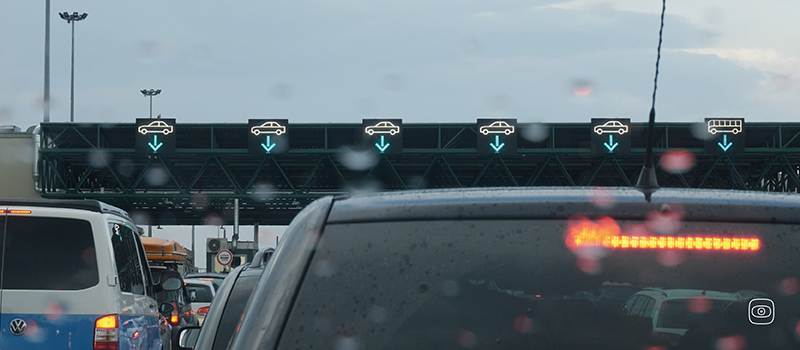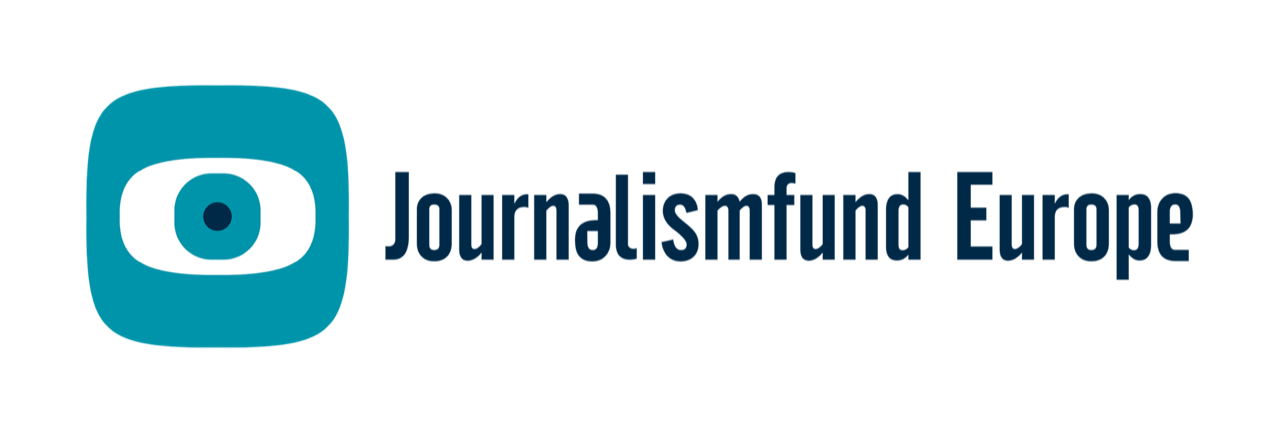From Serbia to Hungary - Crossing the border into the EU
Horgos-Röszke - The 2020-21 COVID19 has reduced the number of international journeys by orders of magnitude, but it seems that even the travel trends have also changed since the end of the pandemic.
As the 2022 figures show that the Horgos-Röszke motorway border crossing is not only below the pre-pandemic figures, but even doesn't even reach the 2021 indicators. This means that although the number of travellers crossing the border is decreasing, the waiting time is still too long. At the Serbian-Hungarian border the IT system failures and unnecessarily long checks compared to Croatian practice are slowing down the queues of people waiting at the border.
The Hungarian government has spent more than 20 billion forints between 2014 and 2020 on simplification, burden reduction and the elimination of waiting times, but the investments have not yielded the expected results. The Hungarian Border Guard is planning further improvements worth almost 15 billion forints from the 2021-2027 budget. But can a new model based on digital technology be sustainable when even the existing system, based on years of user experience, has not been able to function smoothly in border control?
In a joint article for Átlátszó and Átlátszó Vajdaság, we tried to present all the aspects that affect the quality and duration of border crossing at the threshold of the European Union.







